Description
The New Testament in Sylheti Language
Product Details:
- Author: Bible League International in association with Ahle Kitab Society, Sylhet
- Binding: Hardcover
- Pages: 724
- Publisher: Ahle Kitab Society; 2nd edition (30 April 2016)
- ISBN-10: 9849119403
- ISBN-13: 9789849119401
- Package Dimensions: 21.6 x 14.2 x 2.6 cm
- Condition: New
Overview
Experience the beauty of the New Testament in Sylheti, the mother tongue of the Sylheti people primarily residing in the Sylhet Division of Bangladesh and parts of India. This elegant hardback edition is published using the Bengali script, making it accessible to a wide audience. Originally printed in 2014, this reprint in April 2016 comes in response to high demand, celebrating the rich linguistic heritage of the Sylheti community.
INTERESTING STORY OF THIS LANGUAGE:
In ancient literature, Sylhet was referred as Shilahat and Shilahatta. In the 19th century, the British tea-planters in the area referred to the vernacular spoken in Surma and Barak Valleys as Sylheti language. In Assam, the language is still referred to as Sylheti.
During the British colonial period, a Sylheti student by the name of Munshi Abdul Karim studying in London, England, after completing his education, spent several years in London and learnt the printing trade. After returning home, he designed a woodblock type for Sylheti Nagari and founded the Islamia Press in Sylhet Town in about 1870. Other Sylheti presses were established in Sunamganj, Shillong and Kolkata. These presses fell out of use during the early 1970s. Since then the Sylotinagri alphabet has been used mainly by linguists and academics. It gradually became very unpopular.
The script includes 5 independent vowels, 5 dependent vowels attached to a consonant letter and 27 consonants. The Sylheti abugida differs from the Bengali alphabet as it is a form of Kaithi, a script that belongs to the main group of North Indian scripts of Bihar. The writing system's main use was to record religious poetry, described as a rich language and easy to learn.
Campaigns started to rise in London during the mid-1970s to mid-1980s to recognise Sylheti as a language on its own right. During the mid-1970s, when the first mother-tongue classes were established for Bangladeshis by community activists, the classes were given in standard Bengali rather than the Sylheti dialect which triggered the campaign. During the 1980s, a recognition campaign for Sylheti took place in the area of Spitalfields, East End of London. One of the main organizations was the Bangladeshis' Educational Needs in Tower Hamlets (usually known by its acronym as BENTH). However this organisation collapsed in 1985 and with its demise the pro-Sylheti campaign in the borough lost impetus. Nonetheless, Sylheti remains very widespread as a domestic language in working class Sylheti households in the United Kingdom.
Interesting Facts
- Language Background: Sylheti is an Eastern Indo-Aryan language spoken by over 11 million people, particularly in the Sylhet Division of Bangladesh, Meghalaya, northern Tripura, and southern Assam.
- Linguistic Status: The classification of Sylheti is debated; some consider it a dialect of Bengali while others view it as a distinct language due to its unique grammar, pronunciation, and lexicon.
- Historical Context: Sylhet was part of the ancient kingdom of Kamarupa, and the Sylheti language shares many features with Assamese, including a more extensive set of fricatives compared to other Eastern Indo-Aryan languages.
- Cultural Relevance: The revival of the Sylheti Nagari script is ongoing, reflecting a resurgence of cultural pride and heritage among Sylheti speakers. Approximately 80% of Sylheti's lexicon overlaps with Bengali, facilitating bilingualism within the community.
Publishers
Ahle Kitab Society
#SylhetiBible #NewTestament #BibleInSylheti #BengaliScript #ChristianLiterature #BibleLeagueInternational
The New Testament in Sylheti Language
ছিলটি
ផលិតផលព័ត៌មាន៖
- អ្នកនិពន្ធ: Bible League International ក្នុងភាពចងក្រងជាមួយ សមាគម Ahle Kitab, Sylhet
- ការតភ្ជាប់: ខ្មៅស្អាត
- ទំព័រ: 724
- អ្នកចែកចាយ: សមាគម Ahle Kitab; កំណែទី 2 (30 មេសា 2016)
- ISBN-10: 9849119403
- ISBN-13: 978-9849119401
- វិមាត្រផ្សារភ្ជាប់: 21.6 x 14.2 x 2.6 សង់ទីម៉ែត្រ
- ស្ថានភាព: ថ្មី
ទិដ្ឋភាព
សូមស្វែងយល់អំពីសេចក្តីស្រឡាញ់នៃ បញ្ជីថ្មីក្នុងភាសាខាស៊ី ដែលជាភាសាដើមរបស់ប្រជាជនខាស៊ីដែលស្ថិតនៅក្នុងតំបន់ Sylhet នៃប្រទេសបង់ក្លាដេស និងតំបន់មួយចំនួននៃប្រទេសឥណ្ឌា។ កំណែខ្មៅស្អាតនេះ ត្រូវបានបោះពុម្ពជាមួយស្គ្រីបបង់ក្លា ដើម្បីធានាថាអ្នកអានទាំងអស់អាចទទួលយកបាន។ ការបោះពុម្ពដើមនៅឆ្នាំ 2014 មួយទៀត ការព្យាយាមនៃការត្រូវតែមានជាមួយសំណើជួញដូរ។
ព័ត៌មានគួរឱ្យចាប់អារម្មណ៍
- បរិយាស្ថានភាសា: Sylheti ជាភាសា Indo-Aryan មួយ ដោយមានអ្នកនិយាយច្រើនជាង 11 លាននាក់ ដែលស្ថិតនៅក្នុងតំបន់ Sylhet នៃប្រទេសបង់ក្លាដេស និងតំបន់មួយចំនួននៃប្រទេសឥណ្ឌា។
- ស្ថានភាពភាសា: ការតែងសរសេរ Sylheti គឺត្រូវបានប្រកាសថាជាភាសាដែលមានភាពយល់គ្នា តែអ្នកទាំងអស់គ្នាមានចំនួនបន្តិចៗ។
- បរិយាស្ថានវប្បធម៌: ភាសាខាស៊ីមានអាណត្តិជាច្រើននិងមានការបញ្ជាក់ពីដែនដីរាជធានី Kamarupa ហើយវាដើរតួបានជាជួញដូរ និងការប្រាក់ល្អជាមួយភាសាអាសាមីស។
- សារៈសំខាន់ក្នុងវប្បធម៌: ការវិលត្រឡប់នៃស្គ្រីប Sylheti Nagari កំពុងដើរតួជាមួយនឹងការបង្ហាញពីអត្រារបស់វាប្រសិទ្ធិនៅក្នុងសង្គម។ ភាសាខាស៊ីមានសហគ្រិតពិសេសជាង 80% ជាមួយបងក្លា។
ប្រតិបត្តិការ
សមាគម Ahle Kitab
| Sylheti | |
|---|---|
| ꠍꠤꠟꠐꠤ • ছিলটি | |
| Native to | Bangladesh (Sylhet Division) and India (Barak Valley and Hojai of Assam, Shillong of Meghalaya, North Tripura, Unakoti and some parts of Dhalai district of Tripura) |
|
Native speakers
|
11 million (2007) |
| Sylheti Nagari, Eastern Nagari | |
| Language codes | |
| ISO 639-3 | syl |
| Glottolog | sylh1242[2] |
| Linguasphere | 59-AAF-ui |
|
|
|
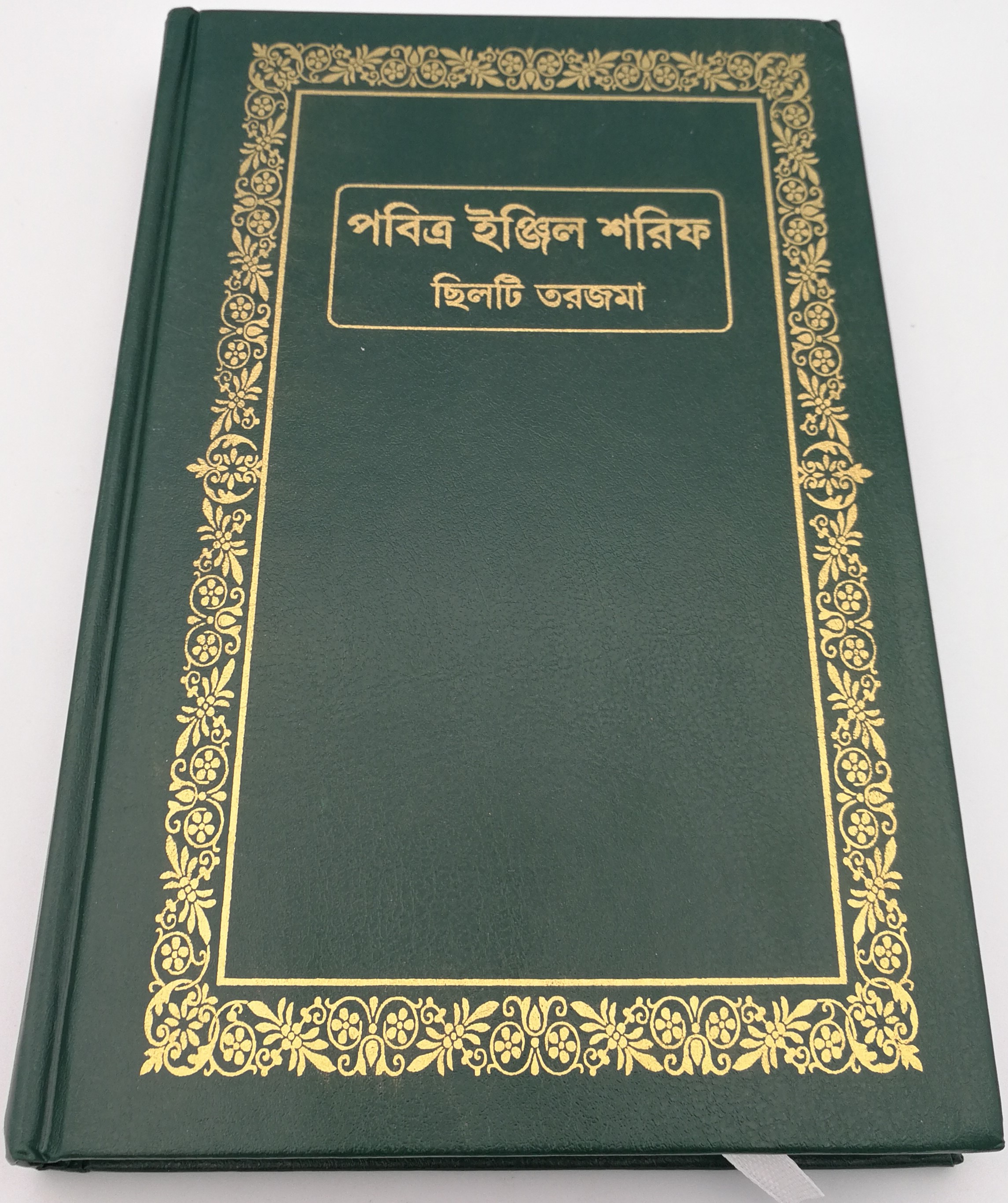
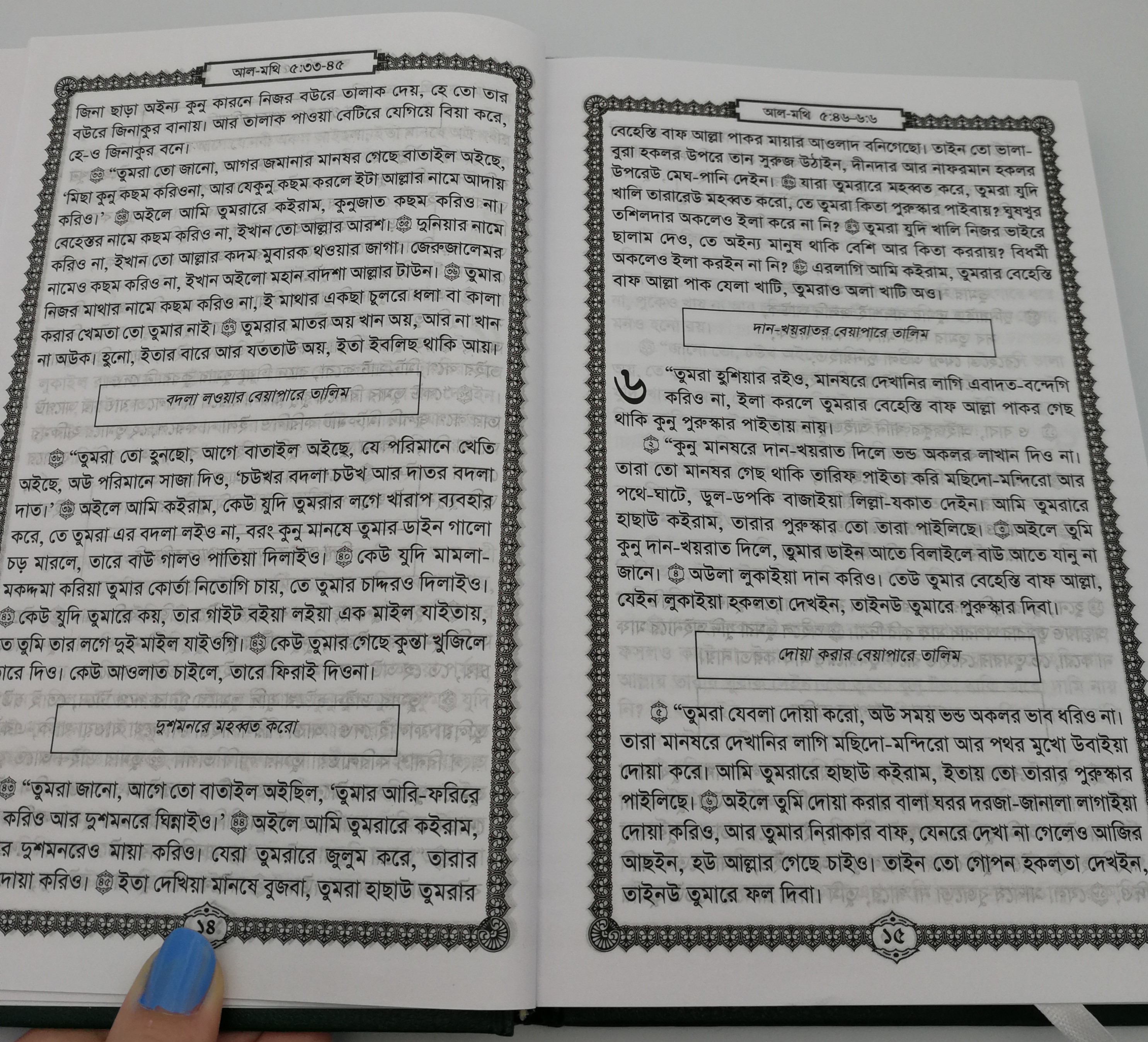
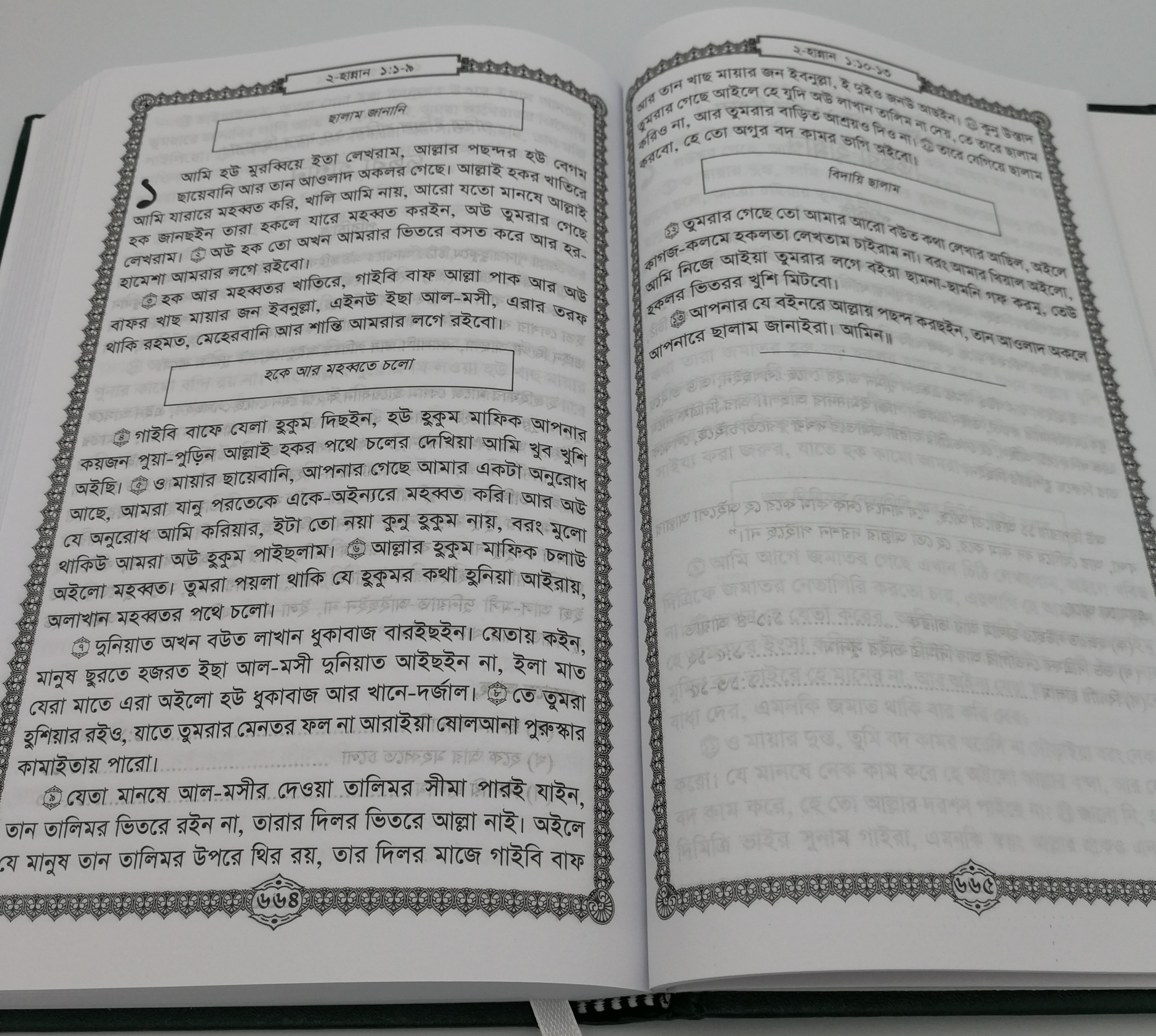
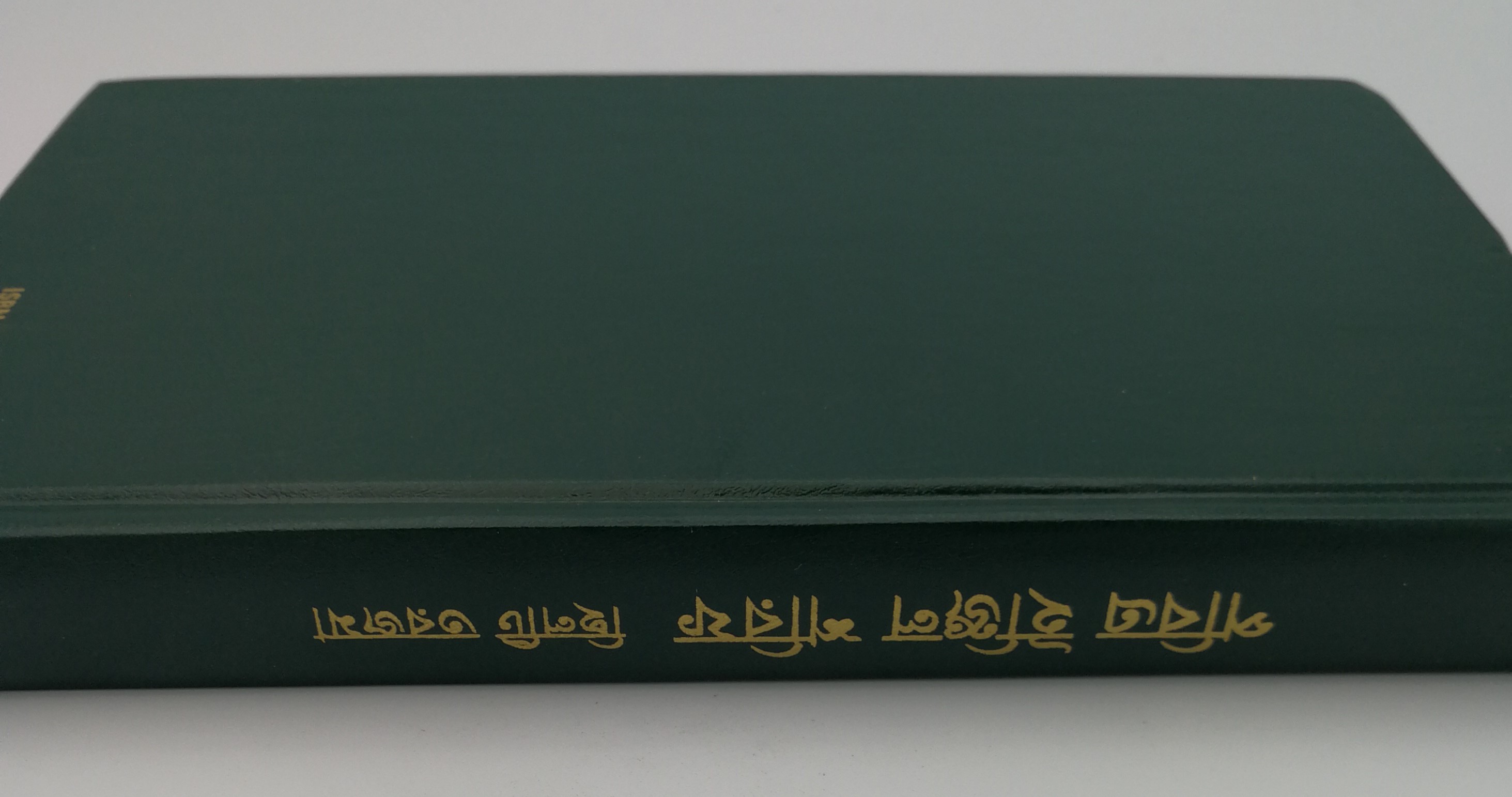
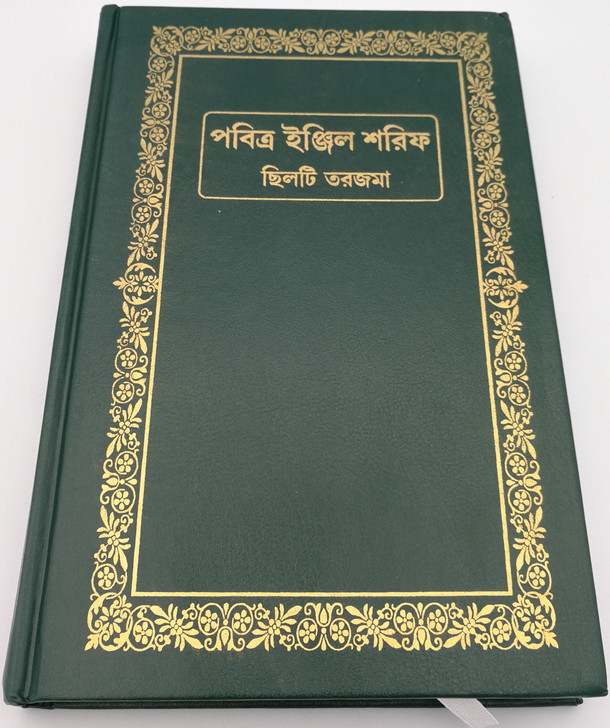

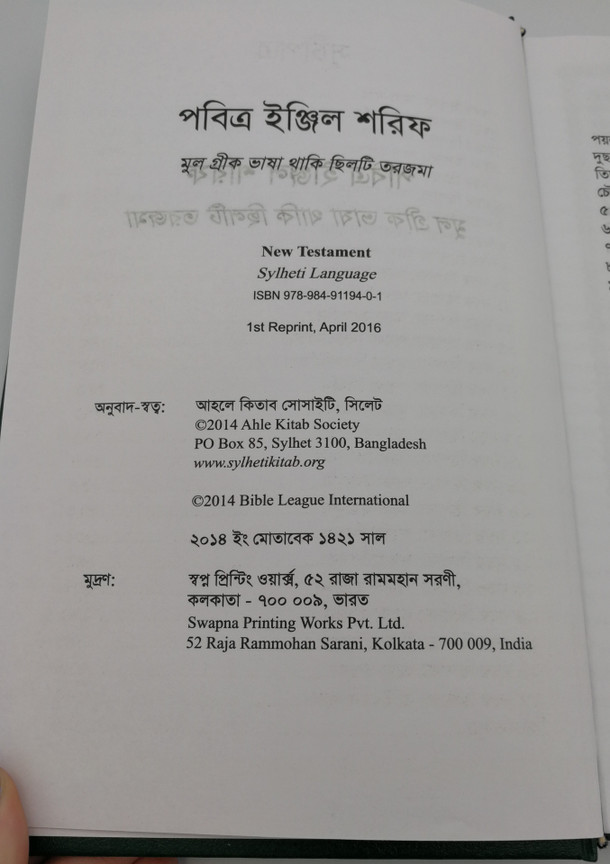

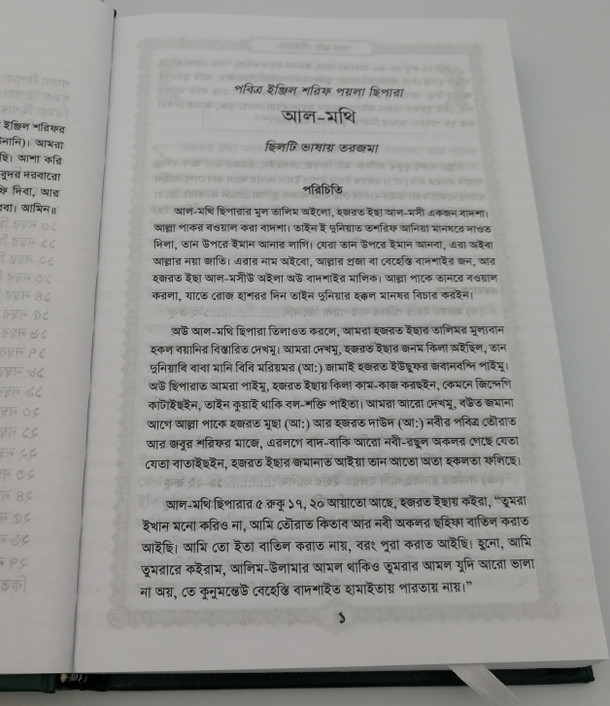
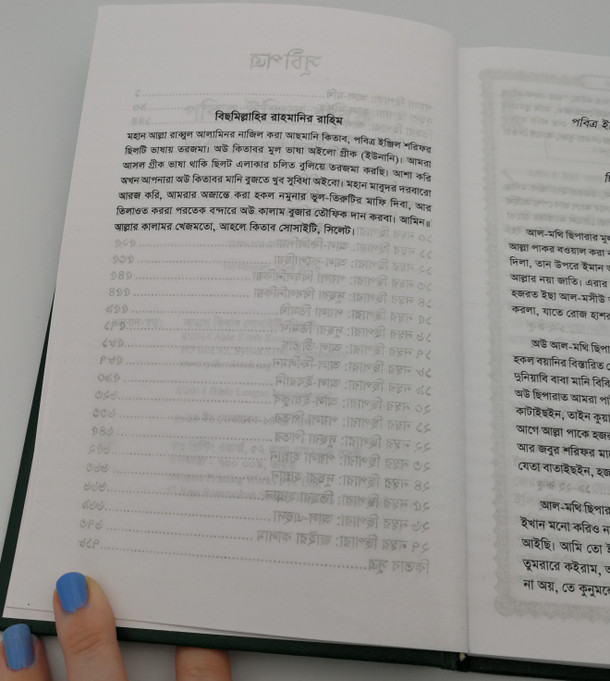


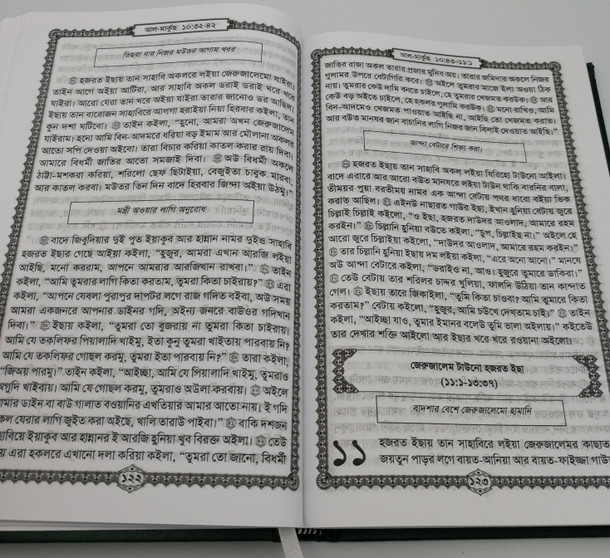
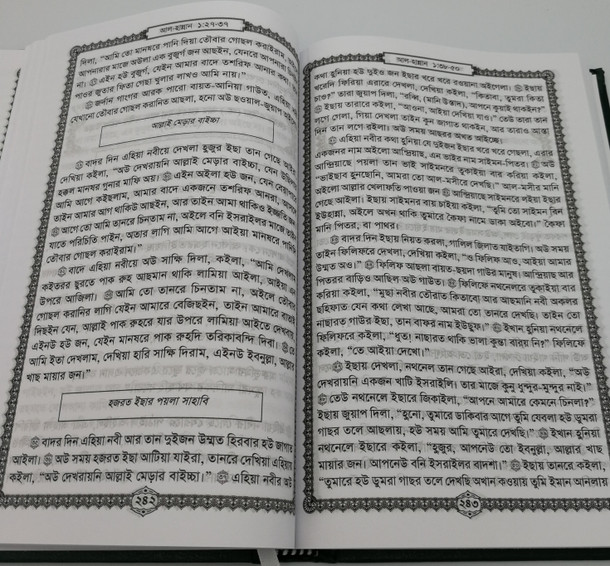
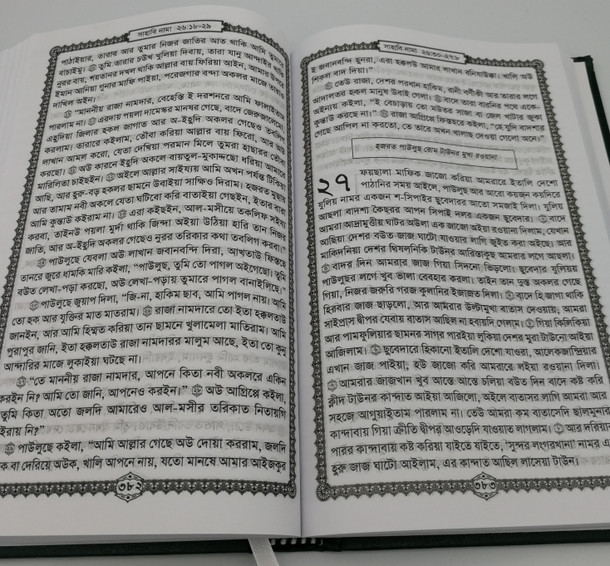
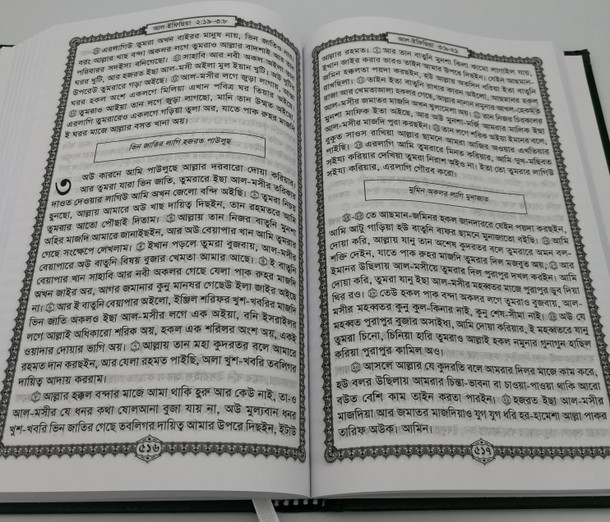
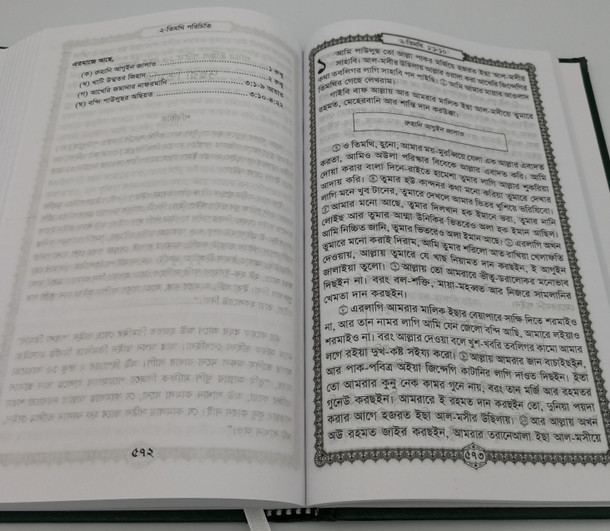
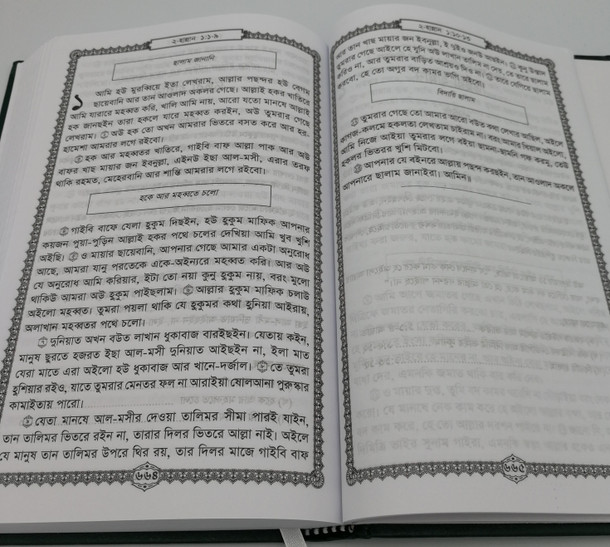
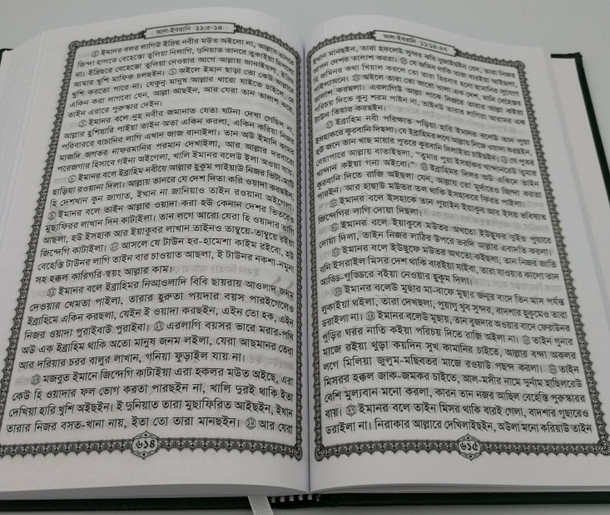
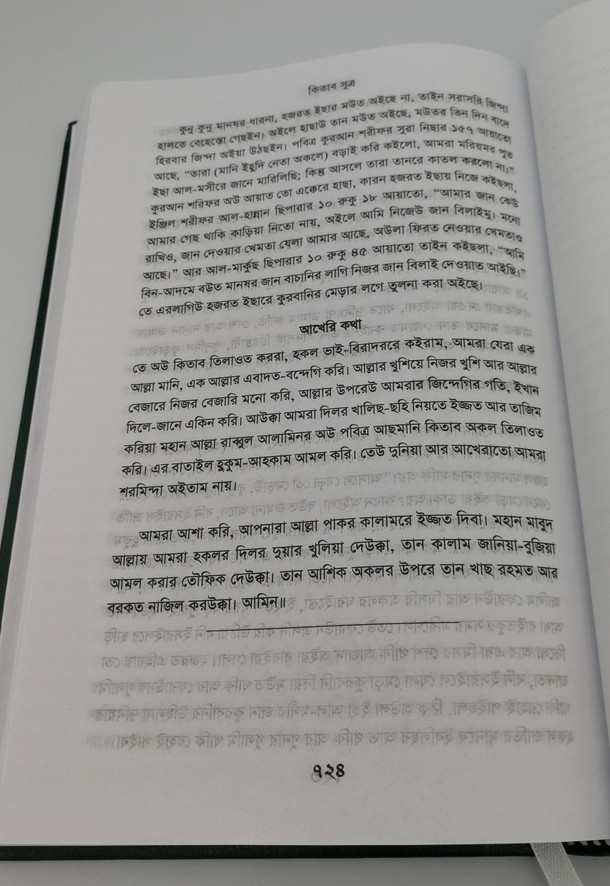

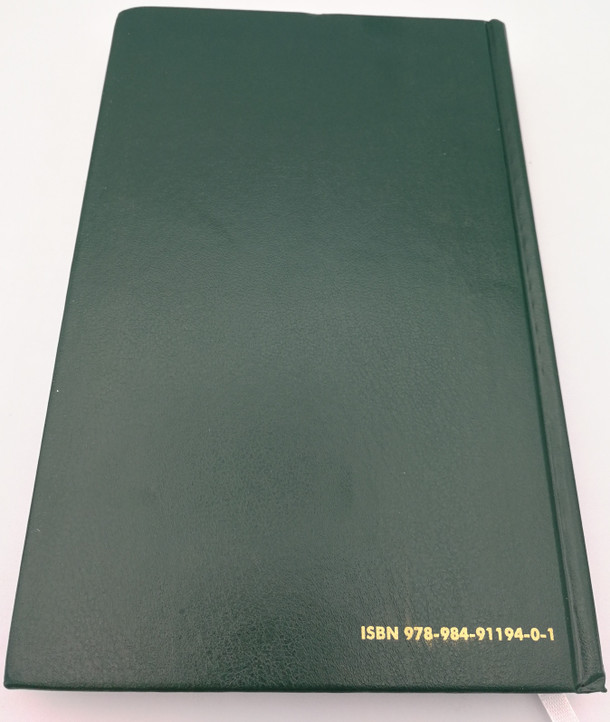
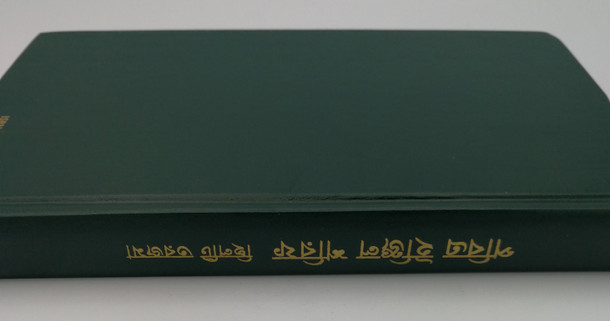






















![New Testament in Circassian Adyghe Language [Hardcover] New Testament in Circassian Adyghe Language [Hardcover]](https://cdn11.bigcommerce.com/s-62bdpkt7pb/images/stencil/590x590/products/411/1074/1__74989.1462823130.JPG?c=2)
![Tiomna Nua (New Testament in Irish language) [Hardcover] (9780564045501) Tiomna Nua (New Testament in Irish language) [Hardcover] (9780564045501)](https://cdn11.bigcommerce.com/s-62bdpkt7pb/images/stencil/590x590/products/3128/276883/Tiomna_Nua_ar_dTiarna_agus_ar_Slanaitheora_Iosa_Chriost_-_New_Testament_in_Irish_Gaelic_12__61708.1687108683.JPG?c=2)
![Tiomna Nua (New Testament in Irish language) [Hardcover] (9780564045501) Tiomna Nua (New Testament in Irish language) [Hardcover] (9780564045501)](https://cdn11.bigcommerce.com/s-62bdpkt7pb/images/stencil/590x590/products/3128/276877/Tiomna_Nua_ar_dTiarna_agus_ar_Slanaitheora_Iosa_Chriost_-_New_Testament_in_Irish_Gaelic_2__50230.1687108683.JPG?c=2)


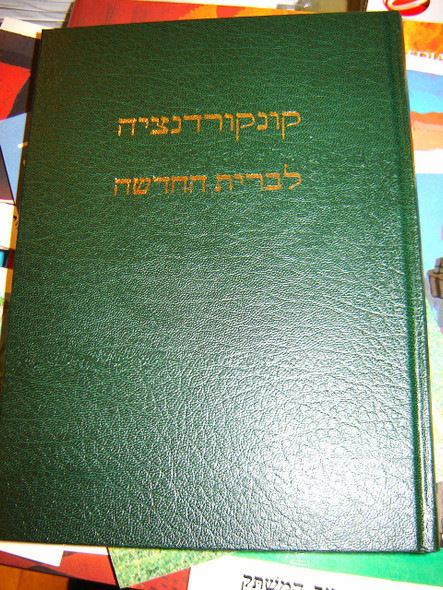





![Malagasy Applied New Testament Commentary / in Malagasy Language [Hardcover] Malagasy Applied New Testament Commentary / in Malagasy Language [Hardcover]](https://cdn11.bigcommerce.com/s-62bdpkt7pb/images/stencil/590x590/products/1507/2368/1__32052.1462823163.JPG?c=2)

